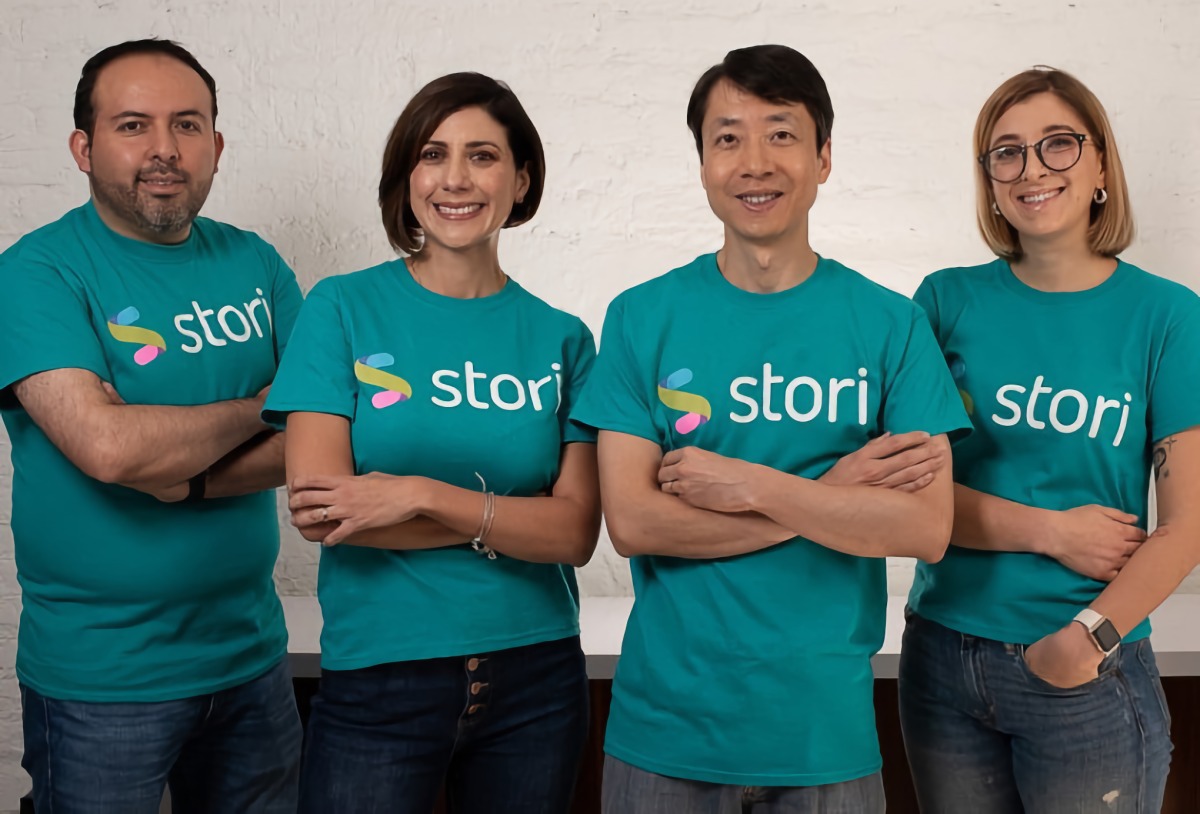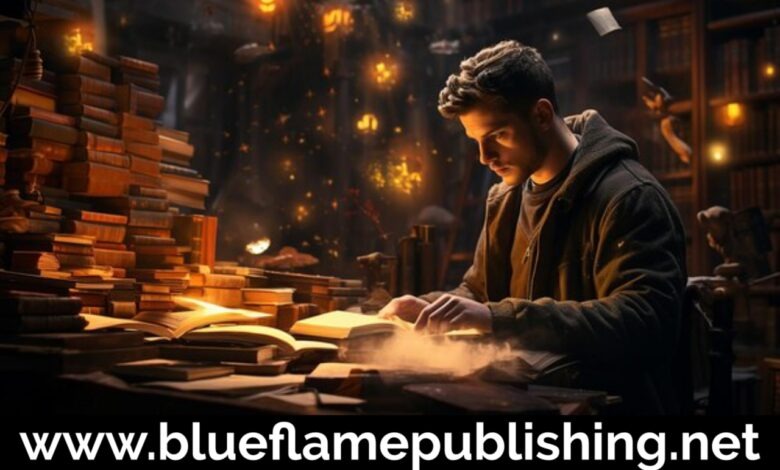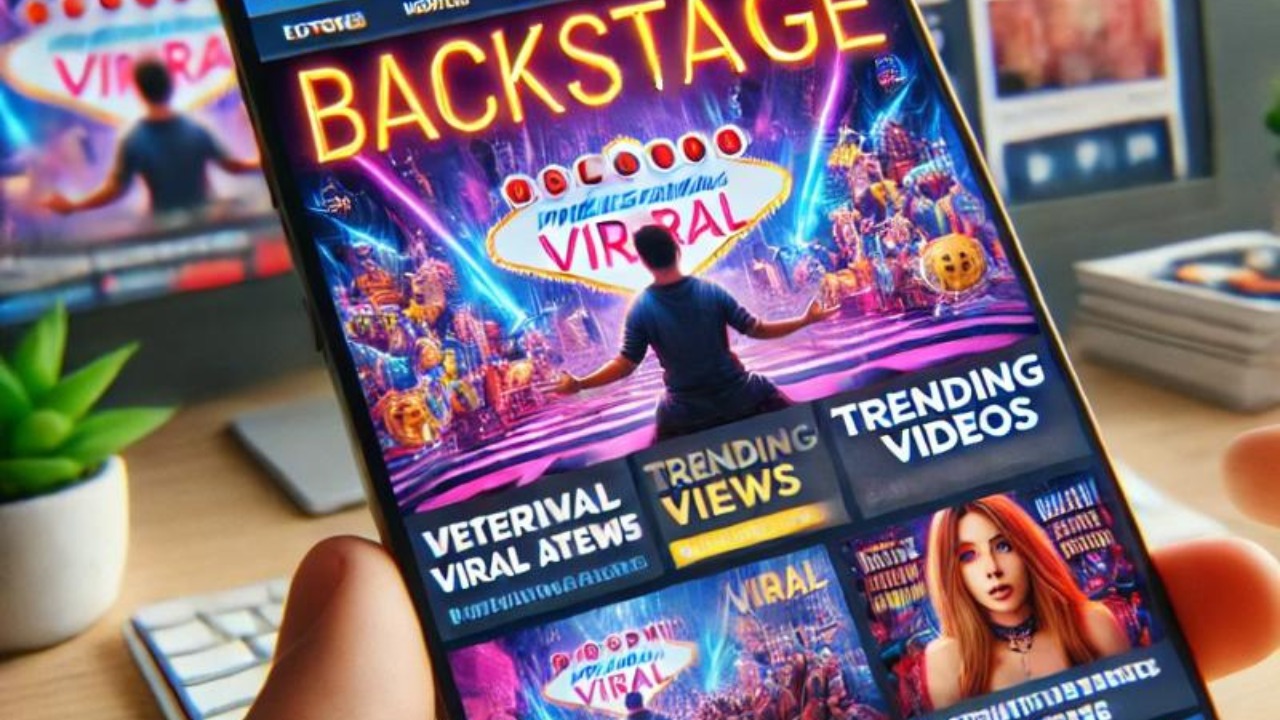Introduction to Stori: The Art of Storytelling
What is it about a well-told stori that captures our imagination and holds our attention? Stories have always been more than just a form of entertainment—they’re a way for people to communicate, connect, and understand the world around them. From childhood fairy tales to complex narratives in books and films, stories engage our emotions and help us make sense of our lives.
The Origins of Stori: A Look Back in Time
Early Human Communication and Stori
The art of stori dates back to the earliest days of human civilization. Long before written language existed, early humans shared stories through oral tradition. These ancient stories, passed down from one generation to another, were the first way humans could convey knowledge, history, and culture.
The Evolution of Oral Tradition
As oral traditions developed, so did the complexity of the stories. Myths, legends, and folklore started to emerge, explaining natural phenomena, cultural practices, and spiritual beliefs. The oral stori tradition became a cornerstone of human interaction, shaping societal values and beliefs.
Written Stori: From Manuscripts to Modern Novels
The advent of writing transformed storytelling. Stories were now immortalized in manuscripts, from ancient epics like The Iliad to religious texts like the Bible. These written stori formats allowed cultures to preserve their knowledge and pass it on with greater precision. Eventually, novels and literature became popular, allowing storytellers to reach a wider audience.
Why Stori Matters in Human Culture
Connecting Through Stori Across Cultures
One of the most fascinating aspects of stori is its ability to transcend cultural boundaries. Despite differences in language, geography, and customs, storytelling is a universal human experience. Whether it’s an African folk tale, a European fairy tale, or an Asian myth, stories resonate across the globe, fostering a sense of shared humanity.
Stori as a Tool for Education and Moral Teaching
Throughout history, stori has been used as an educational tool. Many of the world’s most important lessons—about good and evil, right and wrong, or courage and fear—are imparted through stories. For example, Aesop’s fables have been teaching children moral lessons for centuries.
The Role of Stori in Shaping Identity
On a more personal level, stori plays a crucial role in shaping individual and cultural identity. Stories told within families or communities help individuals understand their place in the world, reinforcing shared beliefs, traditions, and values.
The Psychological Impact of Stori
How Stori Influences Emotion and Empathy
Stories have a profound impact on our emotions. A powerful stori can make us laugh, cry, or even feel fear. But beyond just surface-level emotions, storytelling also fosters empathy. By putting ourselves in the shoes of a story’s characters, we gain a deeper understanding of other people’s experiences and perspectives.
Stori and Cognitive Development in Children
For children, stori is more than just entertainment—it’s a critical part of cognitive development. When children hear or read stories, they learn about language, patterns, and cause-and-effect relationships. Moreover, storytelling encourages imagination, helping children explore different worlds and concepts.
Therapeutic Uses of Stori in Mental Health
Storytelling is also being used as a therapeutic tool. Many therapists use narrative therapy, where individuals share their life stories to make sense of their experiences, gain insight, and heal emotional wounds. In this context, stori becomes a medium for growth and healing.
Stori in Modern Media and Technology
The Rise of Digital Stori
With the rise of technology, the way we consume and share stories has changed dramatically. Digital platforms have made it easier for people to tell their stori to a global audience. From blogs and podcasts to YouTube videos and online articles, stories have become more accessible than ever.
Social Media and the New Age of Storytelling
Social media platforms, such as Instagram, Snapchat, and TikTok, have introduced a new form of storytelling known as “stories.” These short, ephemeral snippets allow users to share moments of their lives in a quick, engaging format. The term “stori” has taken on a new meaning in the digital age, where anyone can be a storyteller with the click of a button.
Stori in Cinema and Television
Film and television have long been powerful vehicles for storytelling. The visual and auditory elements of cinema allow for a more immersive stori experience, pulling audiences into complex narratives and character arcs. From blockbusters to indie films, the art of cinematic storytelling continues to evolve and captivate.
The Future of Stori: What Lies Ahead?
Virtual Reality and Immersive Stori Experiences
As technology continues to advance, so does the future of storytelling. Virtual reality (VR) is opening up new possibilities for immersive stori experiences, allowing people to not just watch or read a story, but to actively participate in it. Imagine stepping into the shoes of a character and experiencing their journey firsthand.
The Role of Artificial Intelligence in Stori Creation
Artificial intelligence (AI) is also playing a role in the future of storytelling. AI algorithms can now generate complex narratives, write scripts, and even create interactive stori experiences. While the human touch will always be a vital part of storytelling, AI offers exciting possibilities for the future of stori creation.
How Stori Will Evolve with Technological Advancements
As we look toward the future, it’s clear that stori will continue to evolve. With advancements in technology, storytelling will likely become more interactive, personalized, and immersive. However, the core of stori—connecting people through shared experiences—will remain unchanged.
Conclusion: The Enduring Power of Stori
In conclusion, stori is an indispensable part of the human experience. It connects us, teaches us, and helps us make sense of our world. Whether passed down through oral tradition, written in books, or shared on social media, stories will always hold a special place in our hearts. As technology advances, the ways we tell stories may change, but the power of a well-told stori will endure.
FAQs
What is the origin of storytelling?
Storytelling, or stori, originated in early human societies as a way to pass down knowledge, history, and culture through oral tradition. Over time, it evolved into written forms like manuscripts, books, and eventually digital media.
How do stories impact human psychology?
Stori impacts human psychology by evoking emotions, fostering empathy, and influencing cognitive development. Stories help people process their experiences, learn moral lessons, and connect with others.
What role does technology play in storytelling today?
Today, technology plays a major role in how we create and share stori. Digital platforms, social media, and virtual reality have transformed storytelling, making it more accessible and interactive.
Can storytelling be used for healing and therapy?
Yes, stori is often used in therapy. Narrative therapy, for example, helps individuals share their personal stories to gain insight and heal emotional wounds.
What is the future of storytelling in the digital age?
The future of stori in the digital age includes advancements in virtual reality, artificial intelligence, and immersive experiences, which will make storytelling more interactive and personalized.





